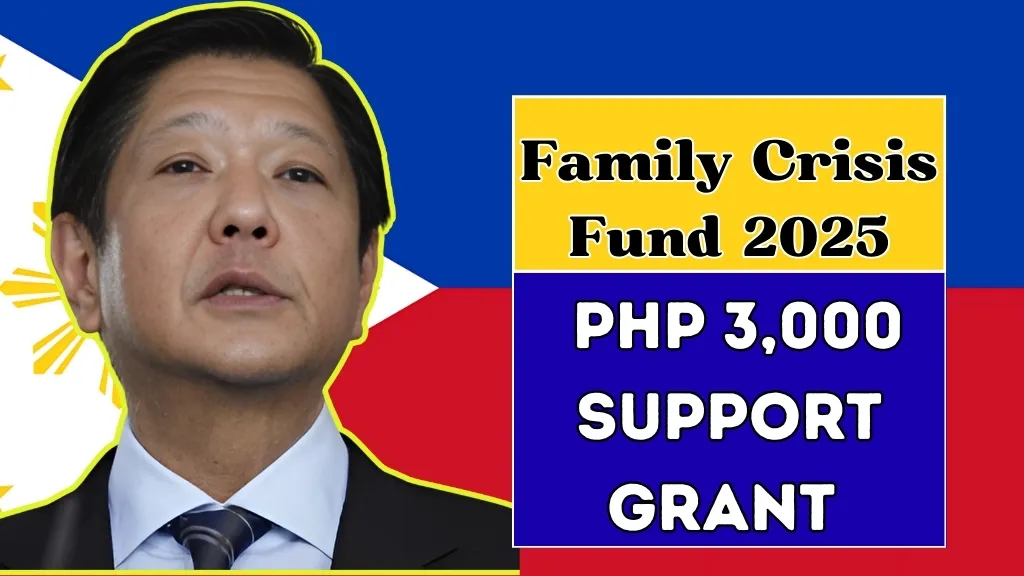The comprehensive financial assistance programs of the Philippines government is projected to spend PHP 253.378 billion in 2025, helping to protect vulnerable families. These programs are designed to mitigate economic struggles during trying times, providing families with timely appropriate aid when they face unanticipated challenges.
The Understanding Crisis Assistance Programs section!
Crisis assistance programs handle a wide array of issues ranging from the alleviation of medical crises, natural disasters, unanticipated releasement from jobs, and even unanticipated educational financial aid. These programs aid families and individuals to navigate financial challenges brought on with little to no warning IT in the Philippines serve as targeted relief programs aimed towards specific financial hurdles.
The objectives of these programs have always been to assist in reducing the reliance on aid in the future. By enabling families to access aid, these programs aim to protect the family unit during the most painful phases in their lives.
Major Assistance Programs Available
DSWD Assistance to Individuals in Crisis Situations (AICS)!
AICS programs aim to assist families and individuals with genuine medical and transportation challenges, as well as educational food and financial aid. AICS is the primary intervention of the government to assist families with various challenges they face.
Crisis Educational Assistance
Financial assistance from DSWED comes in the form of Educational Assistance grants which have a cap of 4000 PHP for higher education and 1000 PHP for more primary education. It aims to help students in crisis by helping them pay tuition, books, and other learning materials which, in the absence of aid, would push them into discontinuing their education.
Healthcare Crisis Assistance
Malasakit Centers serve as one stop shops for PhilHealth, Philippine Charity Sweepstakes Office, and DSWED, they all provide equal assistance to help the needy both financially and medically. These centers participate in the other healthcare emergency assistance programs, thus helping to provide a comprehensive healthcare system.
Eligibility and Application Submission!
Most emergency crisis programs have been designed to have simple and direct application procedures in order to respond swiftly to urgent requests. Each applicant must go to the local DSWED branch, provide the necessary documents confirming their crisis, and be assessed by social workers to determine the assistive aid that is most suitable.
Applying for emergency aid is prioritized in the auditing queue over all other aid requests, as a result, they are the fastest to be processed. However, the responsiveness of the regions greatly affects the waiting period.
Fostering Resilience Through Assistance
These programs are more than just an aid mechanism; they are proof of the Philippines’ commitment in fostering community resilience. The financial assistance mitigates the impact of the crisis, and allows families to recover more quickly and sustain their productivity in the economy.
The continuation of funding, in 2025, despite other budget priorities, illustrates the commitment of the government towards investment in crisis assistance, and in turn, strengthens the social and economic fabric of the nation.
